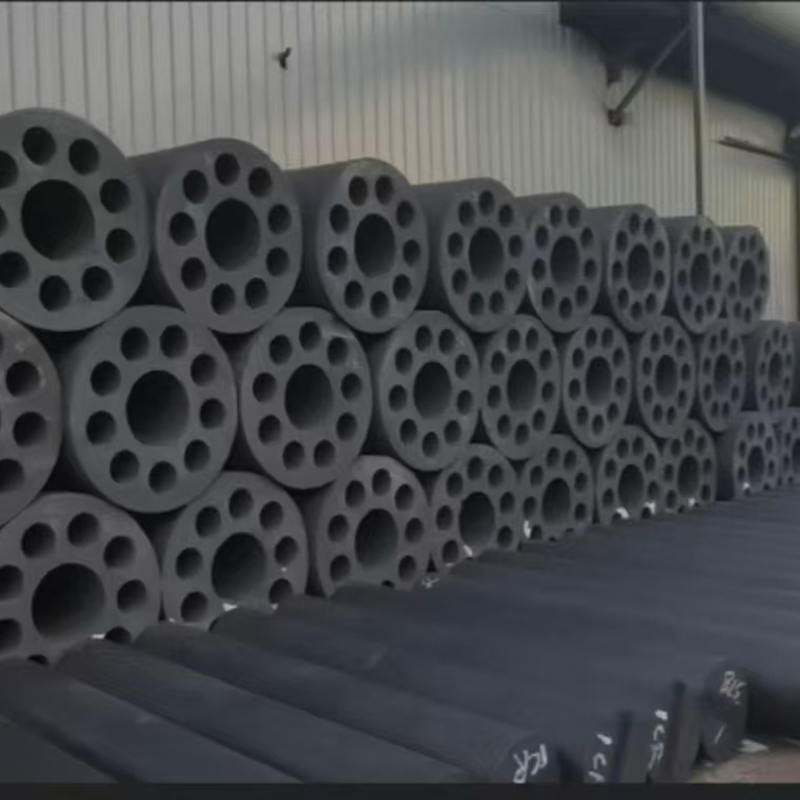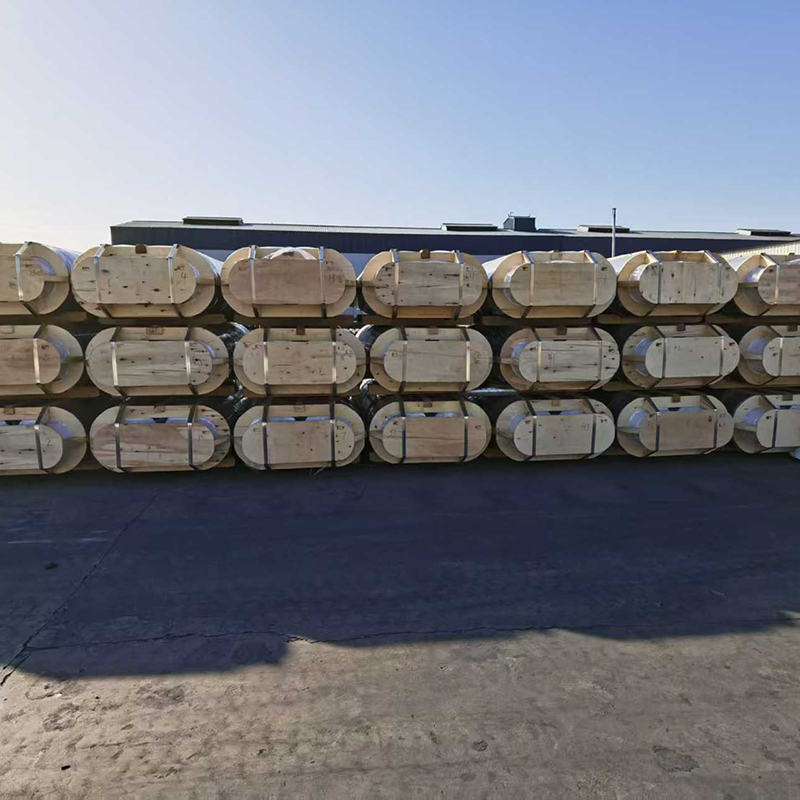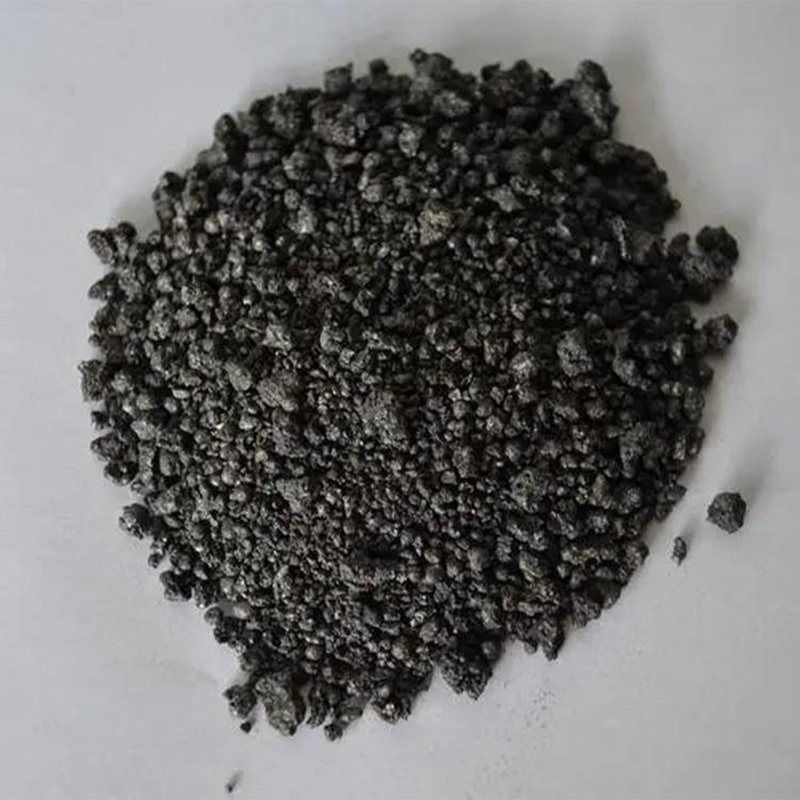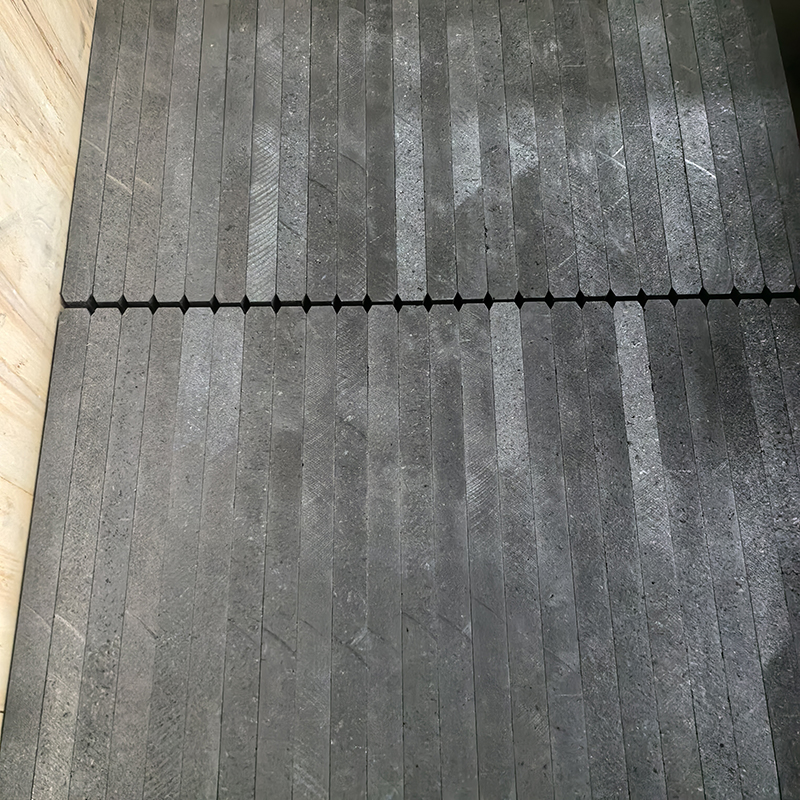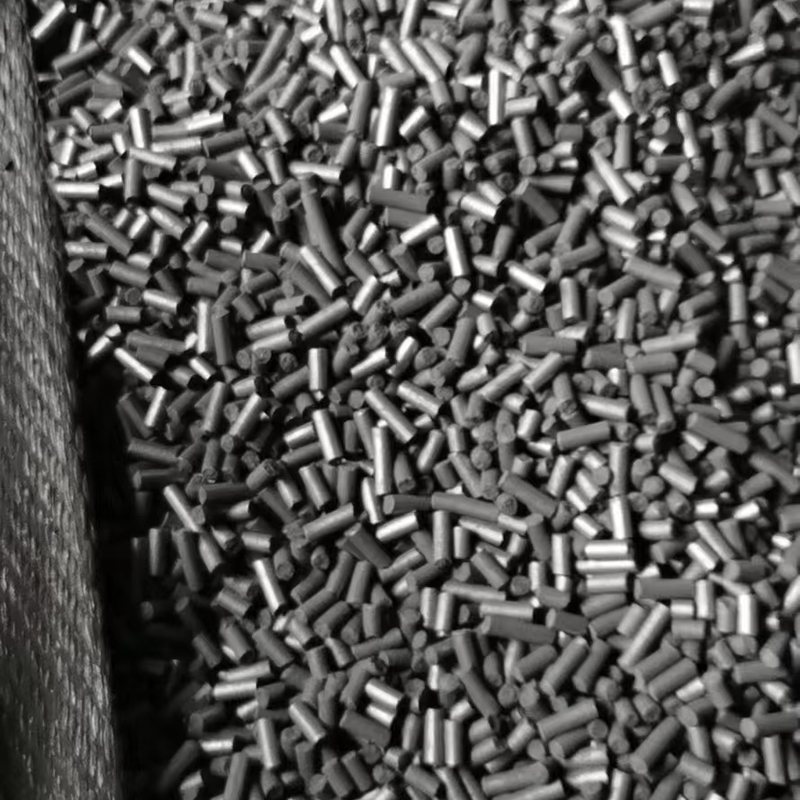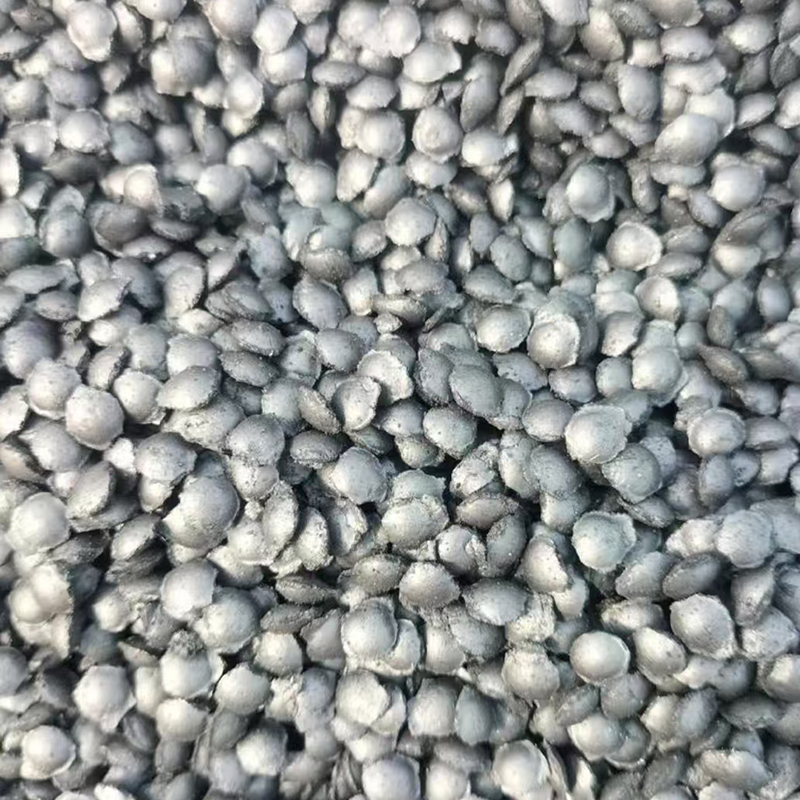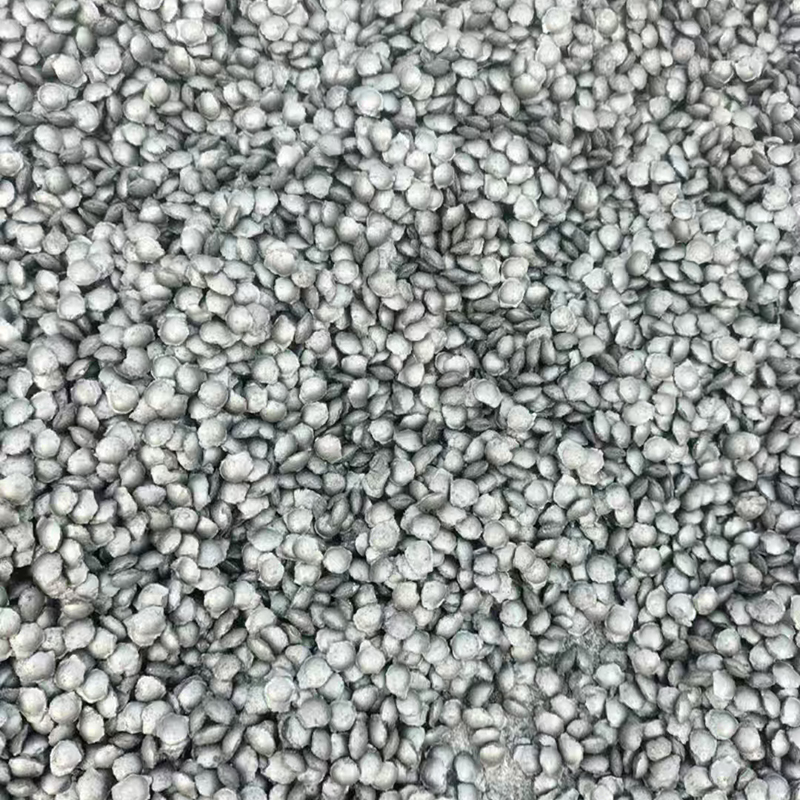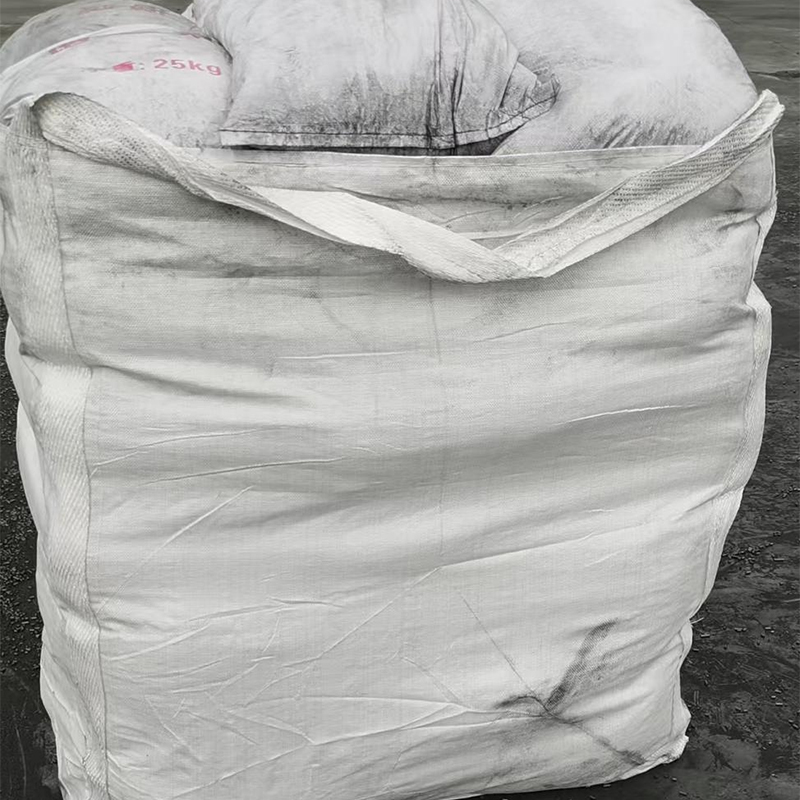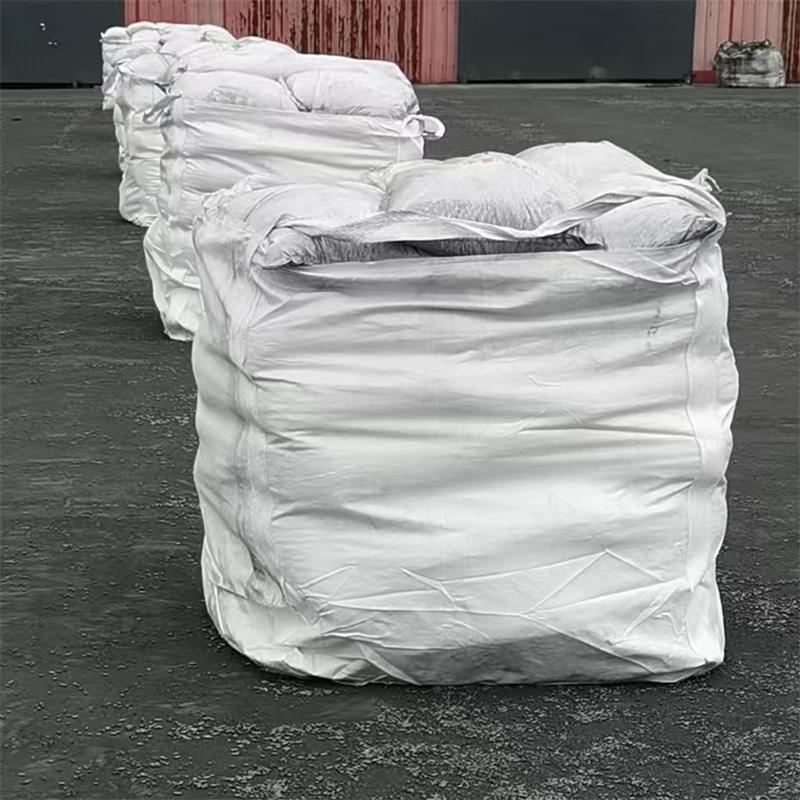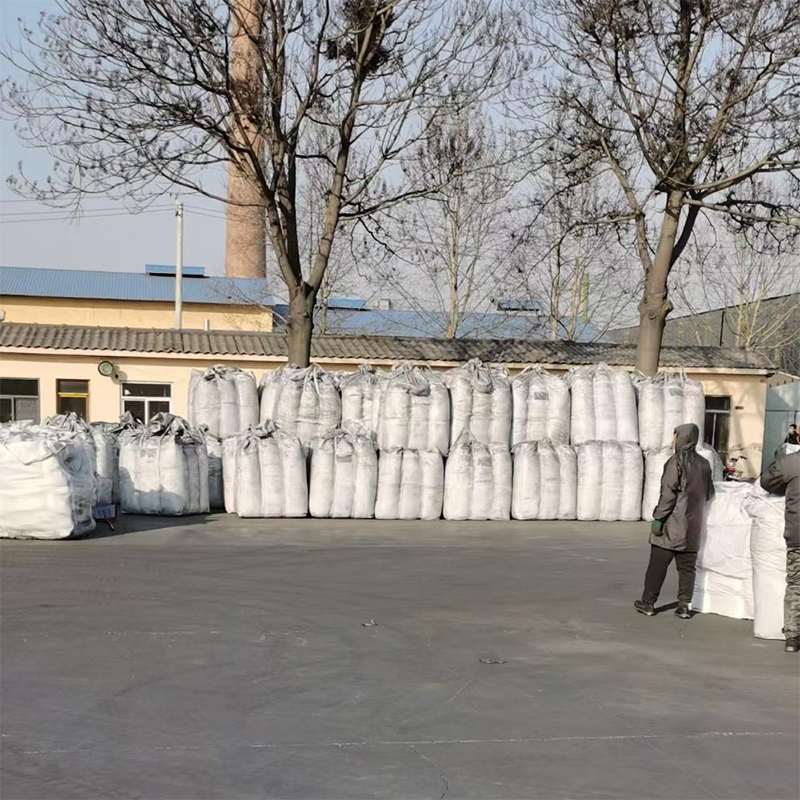- Chinese
- French
- German
- Portuguese
- Spanish
- Russian
- Japanese
- Korean
- Arabic
- Irish
- Greek
- Turkish
- Italian
- Danish
- Romanian
- Indonesian
- Czech
- Afrikaans
- Swedish
- Polish
- Basque
- Catalan
- Esperanto
- Hindi
- Lao
- Albanian
- Amharic
- Armenian
- Azerbaijani
- Belarusian
- Bengali
- Bosnian
- Bulgarian
- Cebuano
- Chichewa
- Corsican
- Croatian
- Dutch
- Estonian
- Filipino
- Finnish
- Frisian
- Galician
- Georgian
- Gujarati
- Haitian
- Hausa
- Hawaiian
- Hebrew
- Hmong
- Hungarian
- Icelandic
- Igbo
- Javanese
- Kannada
- Kazakh
- Khmer
- Kurdish
- Kyrgyz
- Latin
- Latvian
- Lithuanian
- Luxembou..
- Macedonian
- Malagasy
- Malay
- Malayalam
- Maltese
- Maori
- Marathi
- Mongolian
- Burmese
- Nepali
- Norwegian
- Pashto
- Persian
- Punjabi
- Serbian
- Sesotho
- Sinhala
- Slovak
- Slovenian
- Somali
- Samoan
- Scots Gaelic
- Shona
- Sindhi
- Sundanese
- Swahili
- Tajik
- Tamil
- Telugu
- Thai
- Ukrainian
- Urdu
- Uzbek
- Vietnamese
- Welsh
- Xhosa
- Yiddish
- Yoruba
- Zulu
- Kinyarwanda
- Tatar
- Oriya
- Turkmen
- Uyghur

Spherical carburizer
Spherical carburizer Main ingredients •The main ingredient of spherical recarburizer is carbon, which usually contains graphitized carbon of high purity, and the carbon content can generally reach more than 90%. It may also contain a small amount of impurities such as sulfur, nitrogen, and ash...
Description
marker
Spherical carburizer
Main ingredients
•The main ingredient of spherical recarburizer is carbon, which usually contains graphitized carbon of high purity, and the carbon content can generally reach more than 90%. It may also contain a small amount of impurities such as sulfur, nitrogen, and ash, but the impurity content of high-quality products is usually lower.
Appearance and structure
•Appearance: Regular spherical shape, relatively uniform particle size, common particle size range is about 0.5-5mm, this shape makes it have good fluidity and dispersibility during use, easy to accurately measure and add.
•Structure: The interior has a highly graphitized crystal structure, and the carbon atoms are arranged in an orderly manner. This structure is conducive to rapid dissolution in the metal liquid at high temperature and improves the carbon addition efficiency.
Performance characteristics
•High carbonization efficiency: Due to its high purity and good graphitization degree, it can quickly dissolve in molten iron, molten steel and other metal solutions, effectively increase the carbon content of the molten metal, and generally increase the carbonization speed by 20% - 30% compared with ordinary carburizers.
•Stable absorption rate: Under different smelting conditions, the absorption rate of spherical carburizers is relatively stable, usually reaching 80% - 90%, which can effectively reduce fluctuations in the carburization process and help stabilize product quality.
•Low impurity content: Low sulfur, low nitrogen, low ash and other characteristics can reduce the pollution of molten metal, avoid defects such as pores and inclusions caused by excessive impurities, and improve the performance and quality of metal products.
Application areas
•Steel industry: In the process of electric furnace steelmaking and cupola furnace smelting cast iron, it is used to adjust the carbon content of molten iron and molten steel to meet the carbon content requirements of different steel grades and cast iron grades, and improve the performance of steel, such as strength, hardness, toughness, etc.
•Casting industry: In casting production, it can improve the density of castings, improve the mechanical properties and processing properties of castings, and is widely used in the production of various cast iron and steel parts.






